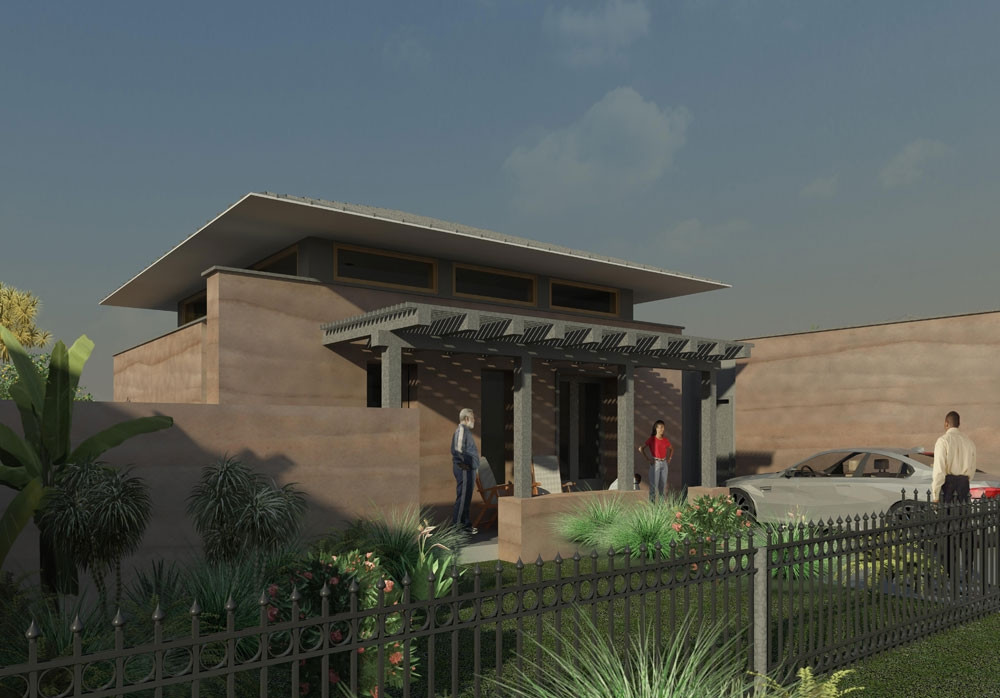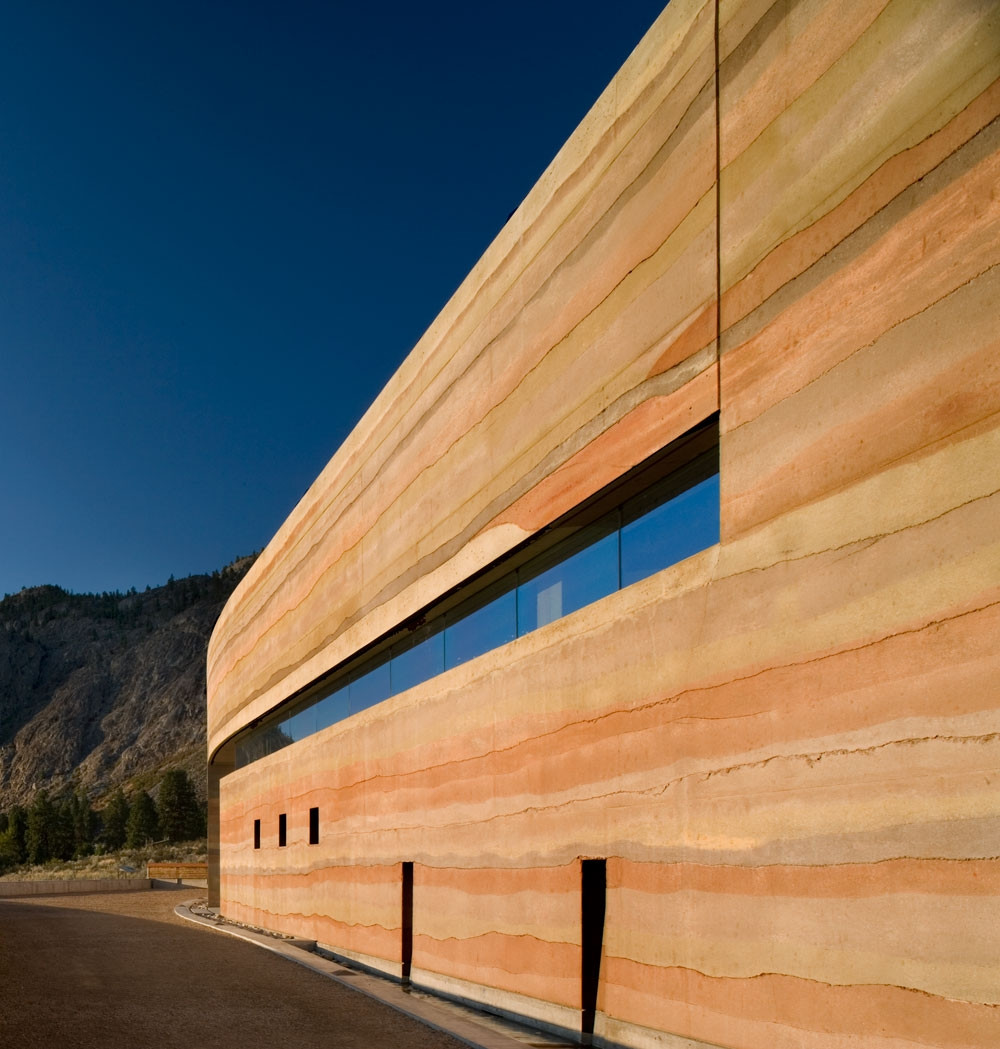Building with durable, inorganic materials such as SIREWALL means spending more initially to create buildings that will not burn, rot, or otherwise decompose. What are the implications of designing buildings that will stand for generations rather than years?
A brook trout swims freely... within the boundaries of the streambed. Both the stream and its inhabitants are constantly changing, but the stream structure changes so much more slowly than its occupants they tend to perceive it as static. Any dynamic system is constrained by the slower components. Elements that exist in the same system, but in different temporal modes, tend not to be 'aware' of one another, but the element that changes the least quickly becomes a context for the more rapidly changing element.
In How Buildings Learn, Stewart Brand suggests a hierarchy of quantifiable elements, ranked in terms of relative permanence. Listed from the most permanent (and significant) to the most dynamic (and incidental), they are:
- Site
- Structure
- Skin
- Services
- Space
- Stuff
If we accept this model, it follows that the most significant design decisions in architecture will be those that determine how the project is resolved as an intervention on the land; then the structure; then the building envelope; and so forth, all the way down to our 'stuff'. The design of more transitory elements (such as interior finishes, furniture, or artifacts) have value and importance in their own right, both as objects of design and as components of architectural solutions, but should be regarded within a hierarchically clarified context.

In For an Architecture of Reality, Michael Benedikt goes further, asserting "... a building should not be slave to its program, twisting and turning to accommodate our every movement and wish - squirming to please, as it were - but rather should be formed according to innate principles of order, structure, shelter, the evolution of architecture itself - and accident. It should be found useful and beautiful, like a tree. The dumb and inexplicable features of old and/or vernacular buildings, otherwise so straightforwardly organized, are often precisely those that attract us to inhabit them. Offering opportunity rather than giving direction, they are indifferent to our designs on them. They were there before us, they are 'wrong' in a way that challenges us to possess them creatively: they seem realer if not 'better' than anything we could design from scratch, and that is why, increasingly, we like them".
Brand argues that the design process should at least acknowledge temporal ordering, indexing more far-reaching choices as a foundation for less significant ones. Additionally, it may be observed that adaptive design allows for slippage between differently paced systems. Otherwise, faster systems are compromised even as they tear at the slower ones.

Design elements such as 'structure' and 'skin' (which SIREWALL combines) may borrow architecturally from 'site' in such a manner that the completed composition acquires the character of permanence. Metaphorically, architecture should feel more like the riverbed than the trout... change naturally occurs over the passage of time, but the environment feels relatively timeless, shored with quiet integrity and character gained from its relationship with the land.
Because it will not decay like building materials that rot, decay or combust, and because it has such a tectonically powerful relationship to the land, SIREWALL elevates the temporal significance of a work of architecture, shifting it closer to the land, further from our Stuff. It becomes more significant, more meaningful, and more valued; and with the passing of time, will age to acquire more significance, meaning, and value.
